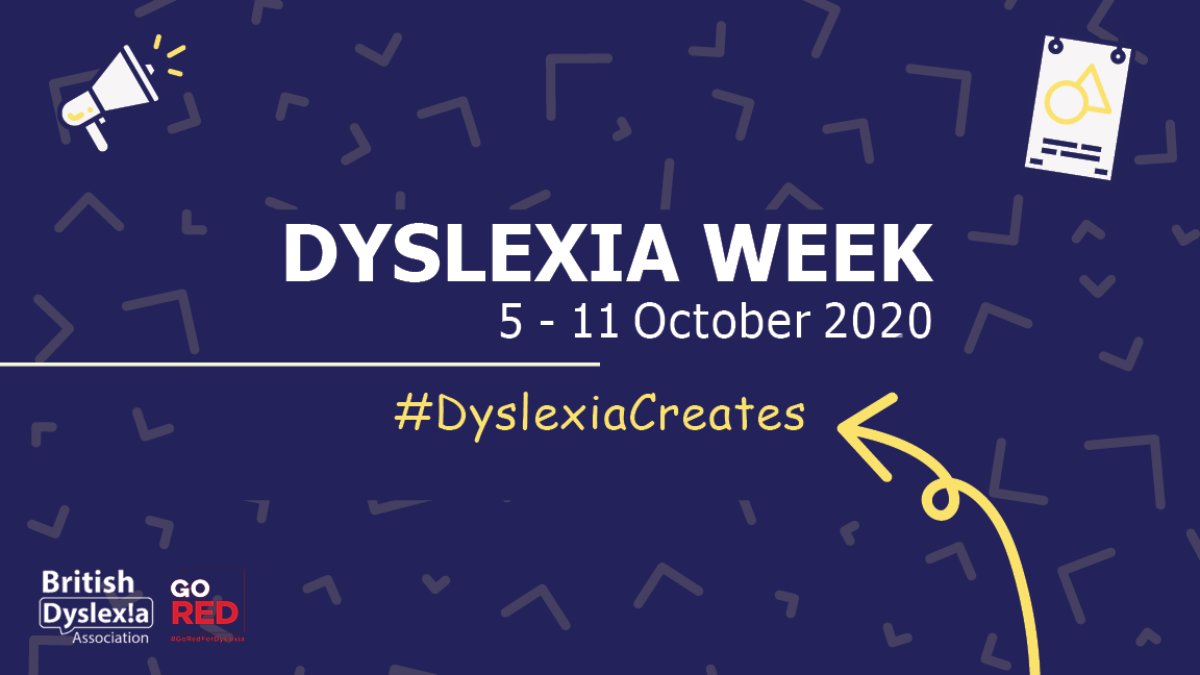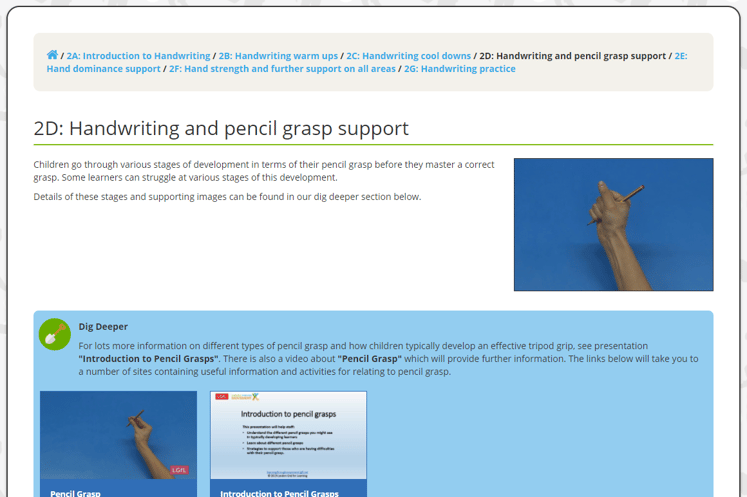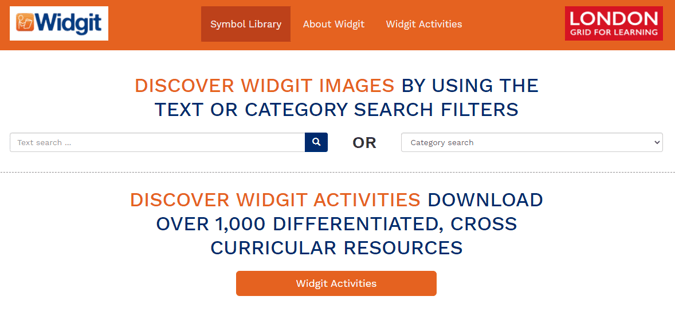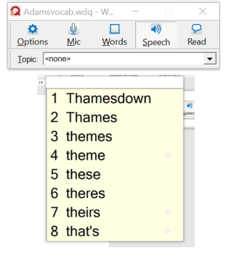Curriculum Blog
World Dyslexia Awareness Week 2020
This year World Dyslexia Awareness Week will take place from 5th-11th October. As ever, the place to go to find out what’s going on in the world of dyslexia is the British Dyslexia Association (BDA).

This year the campaign will use the hashtag #DyslexiaCreates to place an emphasis on the positive contribution that those with dyslexia make to UK industry and society. As someone who is severely dyslexic, it’s a time of year that is important to me and it’s great to see so much celebration of the talents, strengths and successes of dyslexic people.
It’s always important to keep in mind that although there are some upsides to a brain that works a little differently a huge number of people struggle through school and life because their dyslexia isn’t picked up, and even when it is identified, the impacts of dyslexia are misunderstood.
I’d like to share some great resources which can help you better support your dyslexic learners. Don’t forget, it’s great to be aware of something but even better to understand it! Here is a short animated video. The soundtrack is pretty powerful.
[embed]https://youtu.be/b1b2rHhFajE[/embed]
This video expresses well (in my opinion) one of the greatest difficulties of dyslexia which is the emotional impact it can have. That feeling of being stupid isn’t just because of difficulty with reading and writing but also not being able to focus, forgetting things you were told a few moments ago or not being able to get your head around a 24 hour clock. Doing a bit of research to gain a deeper understanding of dyslexia can make a big difference.
There are many strategies and tools which can help overcome many of the challenges presented by dyslexia but for a dyslexic person to succeed they will need to be resilient and maintain a good self esteem. Organisations such as Made By Dyslexia aim to “help the world properly understand and support dyslexia” which means looking at the challenges dyslexia presents but also the advantages and success stories of some celebrities who might act as aspirational role models.
It’s also important to allow dyslexic people to work to their strengths so they keep in mind there are things they are really good at. It will help balance out an environment where there is a big emphasis on reading, writing and remembering things.
LGfL runs regular inclusion training which is open to all and currently delivered online. If you’d like to find out more about dyslexia and how you can support your dyslexic learners, view our upcoming inclusion training sessions here.
Earlier this year the IncludED service and The Islington Dyslexia Network released a resource booklet for those supporting young people with Dyslexia. It’s a simple OneNote Booklet which can be viewed in any web browser and is free for all to access. It’s full of helpful resources, videos and links to information about how to support dyslexic learners. We have also included a reading list for anyone wanting to learn more about dyslexia and how to support dyslexic learners.

Many dyslexic learners find handwriting challenging and even quite painful at times. I certainly used to get really bad cramps in my hand when writing more than a couple of paragraphs. Learning Through Movement is a resource which includes a section dedicated to understanding the complexity of handwriting and offers some great ideas for writing warm ups and cool downs as well as a number of activities which can be used to help build the strength and dexterity required for writing.

Maintaining focus throughout an entire lesson is another area that can be challenging for those with dyslexia. This is, in part due to the fact we are having to work that much harder to simply try and keep up with the lesson. Learning Through Movement also has an excellent section about focus and how safe, structured movement breaks can be used in the classroom to help maintain focus throughout a lesson.

Dyslexic (as well as many non-dyslexic) learners often find that visuals can support understanding and retention of written and spoken information. Any images can be used but symbols are one option that offers simple and consistent representations of written words. You can find symbols for a wide range of vocabulary in LGfL’s Widgit Symbol Library. We have created three examples of how symbols could be used in the context of supporting a dyslexic learner. Homophone List, Topic Vocabulary Glossary and Prefix/Suffix meaning (morphology) list.

 Technology can play a huge part in removing barriers to learning for people with dyslexia. Many mainstream platforms and devices include helpful features such as Text to Speech, Speech to Text, Spelling and Grammar Checkers and Text Prediction. LGfL schools have free access to WordQ+SpeakQ which is an easy to use application that you can download for Windows Machines. It provides text to speech, speech to text and an excellent example of predictive text functionality. Another fantastic advantage is that it has an exam mode which enables only specific features so that if this is someone's usual way of working they can use it in exams and possibly remove the need for a reader or scribe.
Technology can play a huge part in removing barriers to learning for people with dyslexia. Many mainstream platforms and devices include helpful features such as Text to Speech, Speech to Text, Spelling and Grammar Checkers and Text Prediction. LGfL schools have free access to WordQ+SpeakQ which is an easy to use application that you can download for Windows Machines. It provides text to speech, speech to text and an excellent example of predictive text functionality. Another fantastic advantage is that it has an exam mode which enables only specific features so that if this is someone's usual way of working they can use it in exams and possibly remove the need for a reader or scribe.
It’s always worth keeping in mind that G-suite for Education, Office365 and Apple products all have the ability to give you these features too, so almost any school can have access to this kind of support for their dyslexic learners.
I always feel like awareness events are a match. We strike it, we light a fire but over time the flame can die down. That’s why we have them every year, it’s a chance to light the flame once again. Make sure you make the most of Dyslexia Awareness Week in your school. Let’s all try to understand, celebrate and support our dyslexic learners so they can burn bright!
